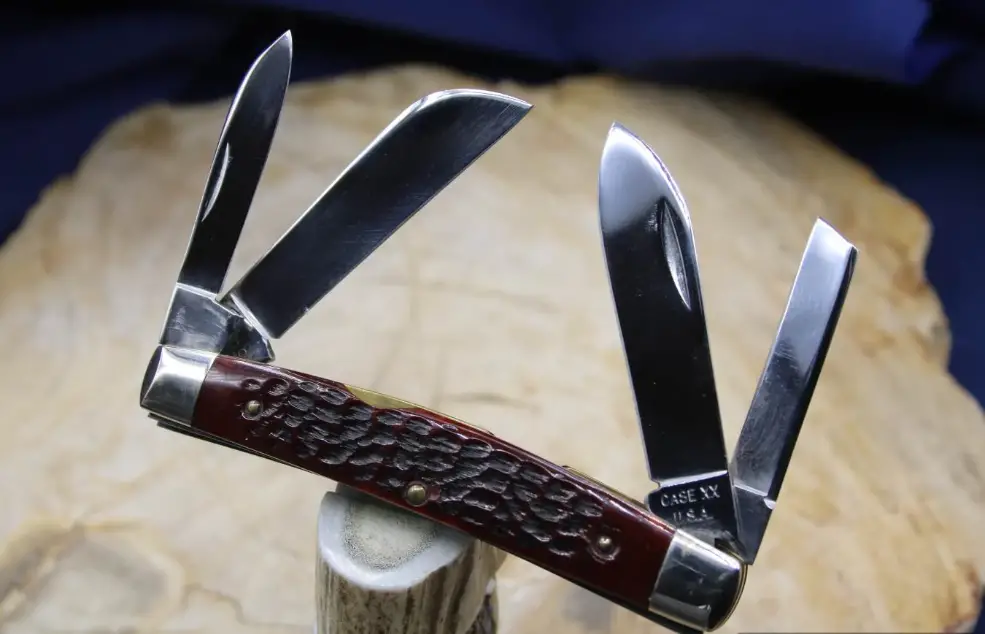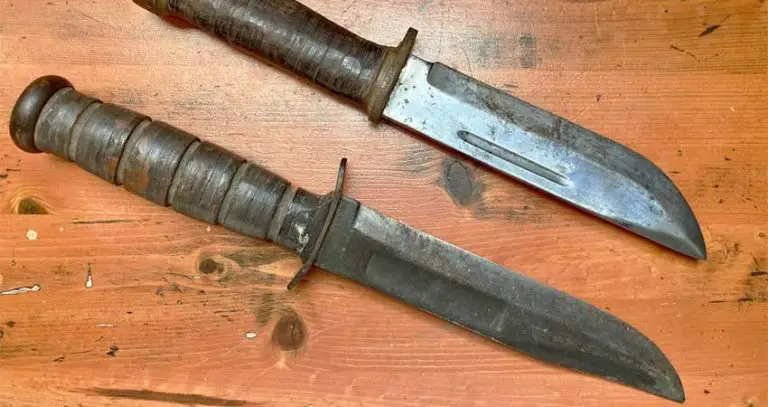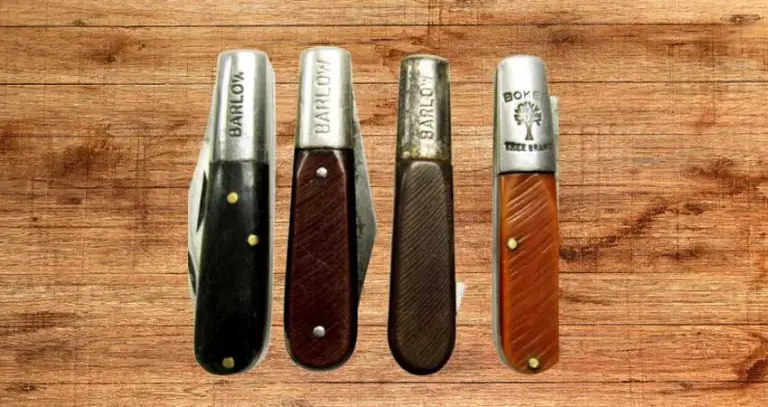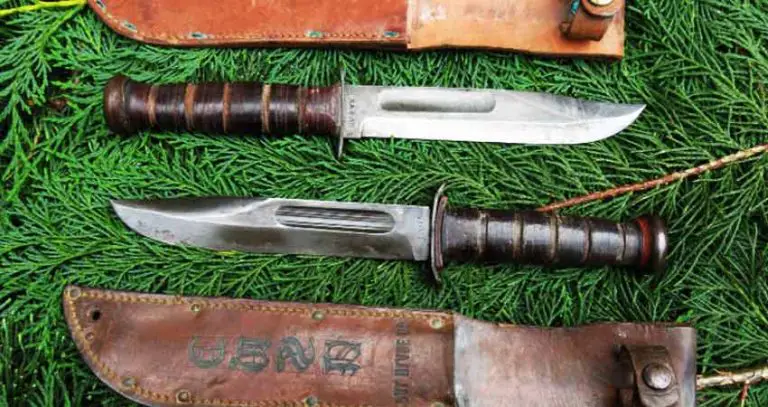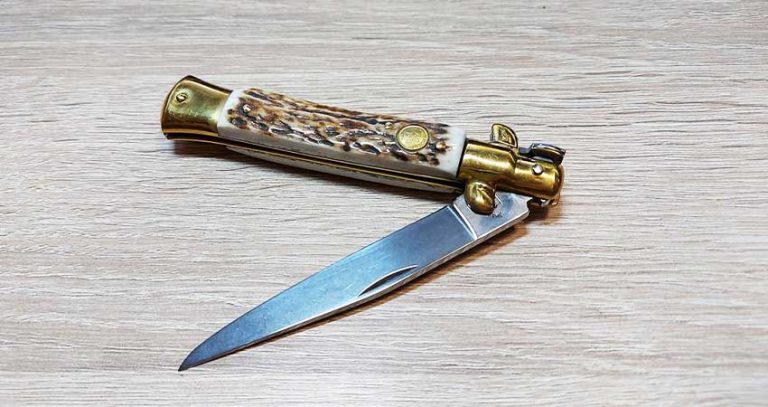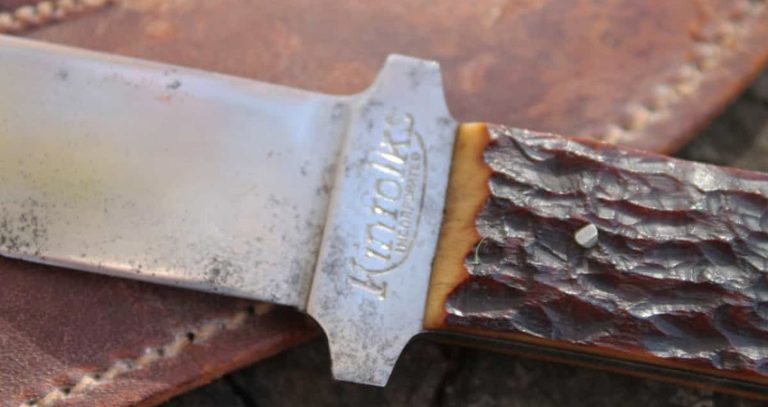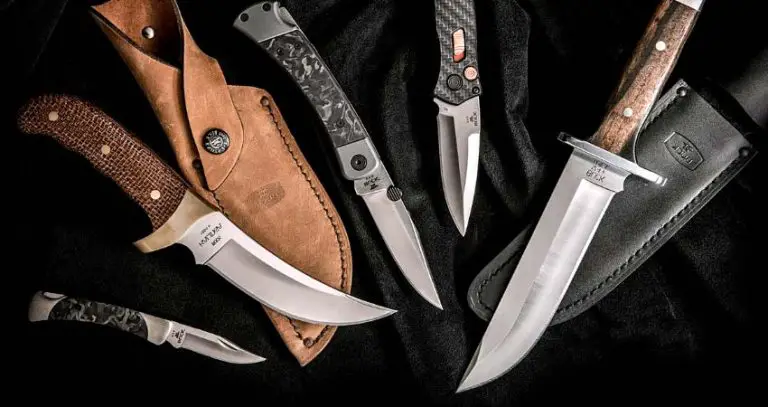How To Date A Case Knife–Everything you Need
W. R. Case & Sons have used various stamps on their knives during their lengthy existence. These stamps, found on the main blade’s tang, can be examined to determine the year the knife was made.
So how to date a case knife precisely? There are a few methods to date a case knife. Such as reading and understanding the tang stamps, taking it to a knife expert for a more precise time estimate, or finding the catalogs.
In this article, we discussed how to date a case knife. So let’s read ahead:
How To Date A Case Knife?
There are a few methods to accurately date case knives. We are discussing all of them below:
Method 1: Reading The Tang Stamps
Arguably, thousands of diverse knife patterns developed throughout Case’s lengthy history. For that, Case created a particular nomenclature to aid their customers or collectors differentiate the different designs. So can you read the case pattern?
Yes, definitely. The tang of your knife’s edge is stamped with the Case knife type code.
This number reveals the precise type of knife you possess. The handle’s construction material is indicated by the first digit. The count of blades is shown by the second number. The manufacturing pattern number is indicated by the final two or more numbers.
Below we are listing how to read the case knife stamps according to the timeline:
Before The 1920s:
Some of the most common stamps that Case knives had before the 1920s are:
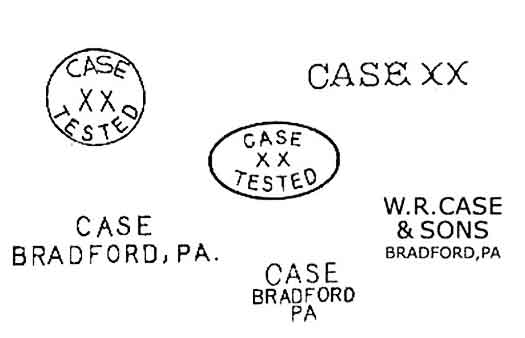
Although you cannot know the exact date of the Case knife, locating any of these stamps will definitely mean that it is before the 1920s.
1920-1940:
You will discover that most literature used this stamp between 1920 and 1940. But some knife collectors argue that this time frame was genuinely being used from 1919 until 1945. However, this era of knives is known as “Circle C.”
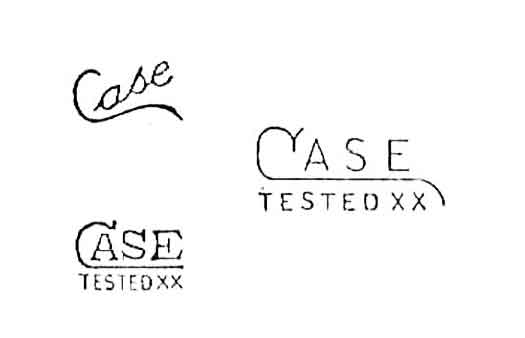
1940-1964:
The XX Era of the case knives spanned from 1940-1964. However, like in the Circle C era, there is a conflict between the time stamp. Many knife collectors argue that this era ranges from 1945 to 1964. The symbols on XX-era knives are:

1945-1969:
The timestamp on the tang from 1945-1950 was:

From 1950-1964 the trademark was:

1964-1969 the logo was as follows:
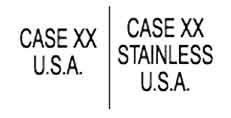
These logos were before the launch of the dot numbering system of the Case knives. While these logos will not provide the same year of knife manufacturing, they will give a rough estimate for the blade you own.
Case Knife Tang Stamp Date And Info
The Case incorporated the revolutionary dot numbering system into all knives during the 1970s and onwards.
The 1970s:
On all knives’ tangs, Case incorporated ten dots in 1970 directly below the word “USA.” Every year, a dot was eliminated, which can exactly tell the year of the knife manufacturing.

The 1980s:
The 1980s employed the same method of chronology for the case knife. However, the “flash” shape of the S in the word Case and the word the USA, as well as the placement of the dots over the USA, were the variations.

1990-1993:
The actual date was imprinted on the tang between 1990 and mid-1993. During this time, the dot numbering system was not leveraged.
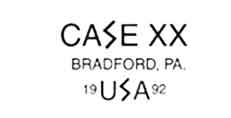
1993-1999:
After a brief halt of the dot numbering system, the Case again leverages the dot system for dating the knives. From the middle of 1993 to 1999, the dot system was applied once more.

2000-2010:
Again Case leveraged the unique numbering system. This time they added five Xs and five dots to make up the new visual date stamp in 2000.
Every year between 2001 and 2005, they were eliminated on the dot, and from 2006 to 2009, an X was taken away.

2010-2020:
The 2010 Tang Stamp’s pattern also comprises five Xs and five dots to date the case knife.
Similar to previous decade knives, every year from 2011 to 2015, one dot was deleted from the stamp, and every year from 2016 through 2019, an X was taken away.

2020-2029:
With no Long Tail C in the most recent case knife stamp, the 2020 Tang Stamp style return to its original 10 dots state.
About that, every year from 2021 to 2029 has one dot deleted.
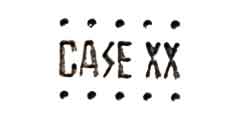
Method 2: Check out the Collectors Guide by Jim Sargent
If you’re passionate about gathering Case knives, Jim Sargent’s chronological guide for American knives and razors is among the most thorough and detailed guides.
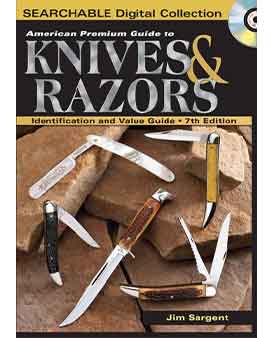
This book will assist you in more accurately determining the period of knives and sometimes even confirming their genuineness.
How to Read the Case Knives Value or Pattern Stamps?
Case knives have been around for more than a century, and during that time, they created thousands of different knife patterns literally throughout Case lengthy history.
Besides the tang stamps, they also incorporated a unique numbering system to aid the knife collectors in differentiating the different designs of the case knives.
So if you are wondering which Case model you own, the tang of your knife’s blade has the answer.
The tang stamp with the Case knife pattern has a unique number that can reveal the precise type of knife you possess.
After locating the serial or pattern number on the handle, you must follow a specific chart to read the knife type.
- The first digit indicates the handle’s construction material.
- The second digit indicates the number of blades.
- The final two or more numbers indicate the manufacturing pattern number.

Below is the table that will tell you the material of the handle for the knife:
| Serial No | Material |
| 1 | Solid Hardwoods material |
| 2 | Smooth Black Synthetic Thermoplastic Rubber handle |
| 3 | Smooth Yellow Synthetic handle |
| 4 | Smooth Synthetic material |
| 5 | Genuine Stag material |
| 6 | Jigged Synthetic, Jigged Bone, Jigged Laminate materials |
| 6.5 | BoneStag Material |
| 7/P | Curly Maple, Rosewood, Smooth Laminate material |
| 8 | Genuine Mother-of-Pearl handle |
| 9 | Imitation Mother-of-Pearl handles |
| 10 | Micarta, G-10 |
| I | Ivory, Imitation Ivory handle |
| EX | Exotic (Giraffe, Ostrich, Volcanic Glass, and other Exotic Handle Materials) |
So if your knife has the 5378 number, the handle comprises a Genuine Stag handle, and the number of blades is three in the Case knife.
Furthermore, the last digits are the pattern number of your knife.
What Is The Oldest Case Knife?
Some of the finest well-liked knives on the planet have been made by Case for more than a century, but which Case knife is the earliest?
That subject doesn’t really have a clear-cut answer. Over decades, Case has produced a variety of knives, all with a distinctive style. It’s challenging to identify the oldest knife with certainty.
The XX Club Knife, on the other side, was one of the first knives that Case ever produced. Since its introduction in 1912, this knife has maintained its appeal. The XX Club Knife is most likely the earliest Case knife.
FAQs
Here are some of the most asked questions related to case knife dating and history. These questions will help you understand the matter easily.
Which Knives From Case Are Useless?
All case knives are worth a price. Over the years, many Case knives have been around, and everyone has their own expense.
However, some blades have a lower price than others per their condition.
Moreover, regardless of the knife tang stamp and year of manufacturing, a knife in poor, pitted, rusted condition with broken handles won’t be worth much.
Are Case Knives To This Day Manufactured In The United States?
There have long been rumors that these knives are produced abroad.
However, there is zero evidence to support those allegations. The USA is where Case knives are sourced, made, and produced for the people.
In Bradford, Pennsylvania, the American business is dedicated to creating premium foldable and fixed-blade Case knives.
Conclusion
So that was all from our guide on dating a case knife. Case knives have been around for a century and have a great place among knife collectors.
Moreover, the Case manufacturer has been mindful of stamping their knives and used different approaches from time to time to date a knife.
This guide lists other figures and logos through which you can date your case knife. You can either read the pattern number of the knife to recognize the type of the knife. Or you can read the stamp to find the time of manufacturing the case knife.
In addition, you can refer to the Case knife literature or seek expert help to date the case knife. We hope you find the exact date of your case knife.

